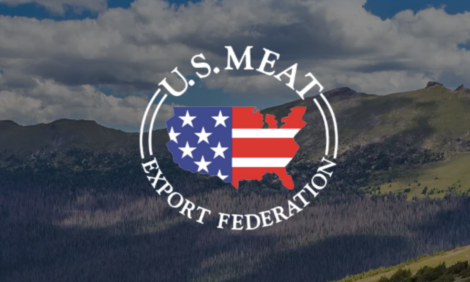



Final Results From Agricultural Survey Show 7% Pig Herd Decrease
UK - The pig breeding herd decreased by just under 7%, while the number of fattening pigs decreased by just over 1%, report Defra in their final results from the December 2005 survey of agriculture for England.
Their report shows that total pig numbers are down almost 2% since December 2004, a similar drop to the 2003-2004 period. Despite a drop in Sows in pig by 10%, the number of Gilts in pig have increased by almost 12%. This raises the proportion of Gilts to total herd size to its highest level for nearly 10 years.
The British Pig Executive suggest that this is a very positive point because it shows the replacement level for the breeding herd is rising. The sow culling rate has been declining since last autumn, and is currently at the lowest for over 15 years.
At the end of last year, the effect of the fall in the breeding herd on slaughterings was being offset by improvements in sow productivity - this is still rising and BPEX expect that rise to continue. As long as that trend continues the overall effect will be limited.
Slaughterings at the start of this year have been disappointing but this may have been due to cold weather which affected growth rates and thus delayed finishing. Over the next month or two, expectations are that those will pick up again.
Carcase weights have also been increasing but have now stablilised. It may well mean slightly less British pig meat on the market but it very much depends on sow productivity. The fall in the ‘other pigs’ category was much less than in the breeding pigs which is an indication of an improvement in pigs produced per sow.

Notes
Basis of survey results: The results are based on returns from approximately 13,500 holdings in England and are therefore subject to a
degree of sampling error.
Results for England
- Cattle, Pigs and Sheep: Numbers on farm at 1st December 2005.
- Autumn and winter sown crops: Estimated area sown by 1st December 2005.
- Hay and silage production: Estimated quantity made in 2005.
- Fertiliser stocks: Quantity held in stock on the holding on 1st December 2005.
Confidence indicators: Tick based confidence indicators have been shown against the December 2005
figures. Ranging from 3 ticks (good), to 1 cross (poor). The ranges relate to the Relative Standard Errors
(RSE) as follows:

We have also shown confidence intervals against the figures. These show the range of values that may apply to the figures. They are based on the Standard Error (SE) multiplied by 1.96 which gives a 95% confidence interval. We are 95% confident that the true value lies within this range either side of the estimate. The standard errors only give an indication of the sampling error. They do not take into account any other sources of survey errors, such as non-response bias or administrative data errors.
Regional Results
Regional results for England will be available on the Defra website at the beginning of April 2006.
Further Information
To read the full report, including tables for Autumn and Winter crops, click Here (PDF)Source: Defra - 9th March 2006








